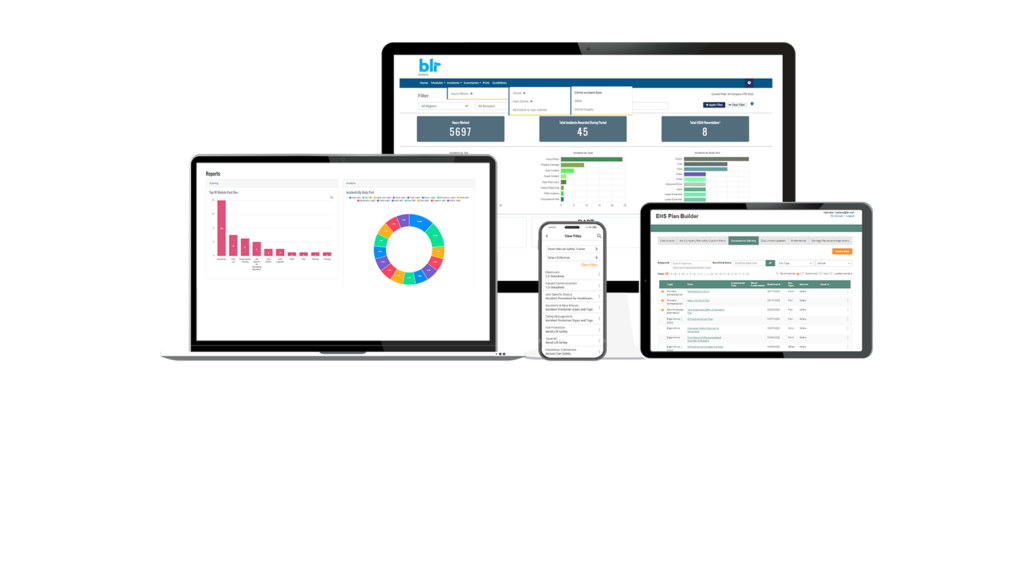
The link between stress and worker safety
We all know stress is bad for our health, and working in an already stressful environment can impact work performance and safety. In fact, research from the Families and Work Institute found that 41 percent of workers experience stress “often” or “very often” on the job. The National Institute for Occupational Safety and Health (NIOSH) has even begun a job stress research program, which seeks to understand the influence of workplace stressors on accidents and injuries.
What’s more, aside from its immediate effects on worker health and safety, persistent stress also can play a role in serious, chronic illnesses. Small doses of stress can be manageable and even beneficial, but chronic workplace stress is a threat to the well-being of your employees and your long-term profitability. Because of these risks, it’s important for every employer to understand the links between stress and worker safety, and to take the appropriate precautions to keep employees’ stress under control. In this article, we’ll share a few ways that stress affects your workers’ health, and strategies you can use and empower them to keep it at a manageable level.
Stress and chronic disease
Stress is closely linked to several chronic diseases, including cardiovascular disease—one of the most common causes of death in the industrialized world. Research from the Bio Behavioral Institute suggests that in many cases, stressed individuals ultimately make unhealthier life choices, including drinking and smoking. Likewise, a 2007 University of Melbourne study found that men who experience “moderate” or “extreme” job stress were twice as likely to smoke.
Still, other research has established more direct links between workplace stress and chronic disease. A 2008 study of British civil servants found that the most stressed government workers had a 68 percent greater risk of developing heart disease. These employees had lower heart rate variability (a common sign of adrenal stress or “burnout”) and increased levels of the stress hormone cortisol. While cortisol is an important part of a normal stress response, chronically high levels can damage blood vessels and the lining of the heart. Even when researchers adjusted for lifestyle factors such as smoking and poor diets, the most stressed workers were still found to have the greatest risks for heart disease.
Stress and worker safety
Recent research has also linked chronic stress and greater risks of accidents. For instance, the American Nurses Association conducted a survey in which 80 percent of nurses said on-the-job stress impacts their safety; 59 percent said workplace pressure leads them to rush and take unsafe shortcuts. Ultimately, limiting both the short-term and long-term impacts of stress requires that employers understand the most common stressors.
Here are a few common stressors that take the biggest toll on your people:
- Poor task design: Unmanageable workloads, unsustainable hours and unrealistic deadlines kill productivity and create unneeded stress.
- Overbearing management: When workers have little say in how they complete their assigned tasks, they are much more likely to experience burnout and chronic stress.
- Unclear roles: Conflicting and overlapping roles, as well as unclear expectations, can create situations in which workers either have to answer to too many people, or they can’t possibly satisfy all demands.
- Unpleasant working environments: Dirty, dangerous and crowded conditions can make it all but impossible to remain productive, particularly when hazards include chronic exposure to pollution or toxic chemicals.
How to better manage stress in the workplace
How can you curb the effects of these and other stressors? Everyone deals with stress differently, but here are a few strategies that have proven effective for most workers.
- Social support: We’re social creatures, and workers tend to fare best when they have strong comradery and cohesion within their teams. Encourage team building activities and use the buddy system to keep employees safe. Funds allowing, you might even offer paid days “off” for team and company-wide outings.
- Take breaks to manage stress: Most jurisdictions require a certain number of breaks per shift, but that’s not the only reason to enforce them. Few people can focus intently on a task for more than a couple of hours, and taking a break is an excellent way to reduce stress, relax the body and mind and prepare for greater productivity in the hours to follow.
- Focus on improvement, not perfection: “Perfect” is an unattainable goal and scrutinizing every detail – especially details that don’t significantly impact a final product – is a surefire way to create unnecessary anxiety. A far more productive and sustainable approach is to strive for constant improvement, offering constructive criticism in specific, important areas where workers may be having trouble.
Ultimately, you’ll need to dig into exactly how stress is impacting safety and performance at your unique worksites. To do that, you’ll need a dependable tool for tracking accidents, illnesses and the hazards that cause them.



